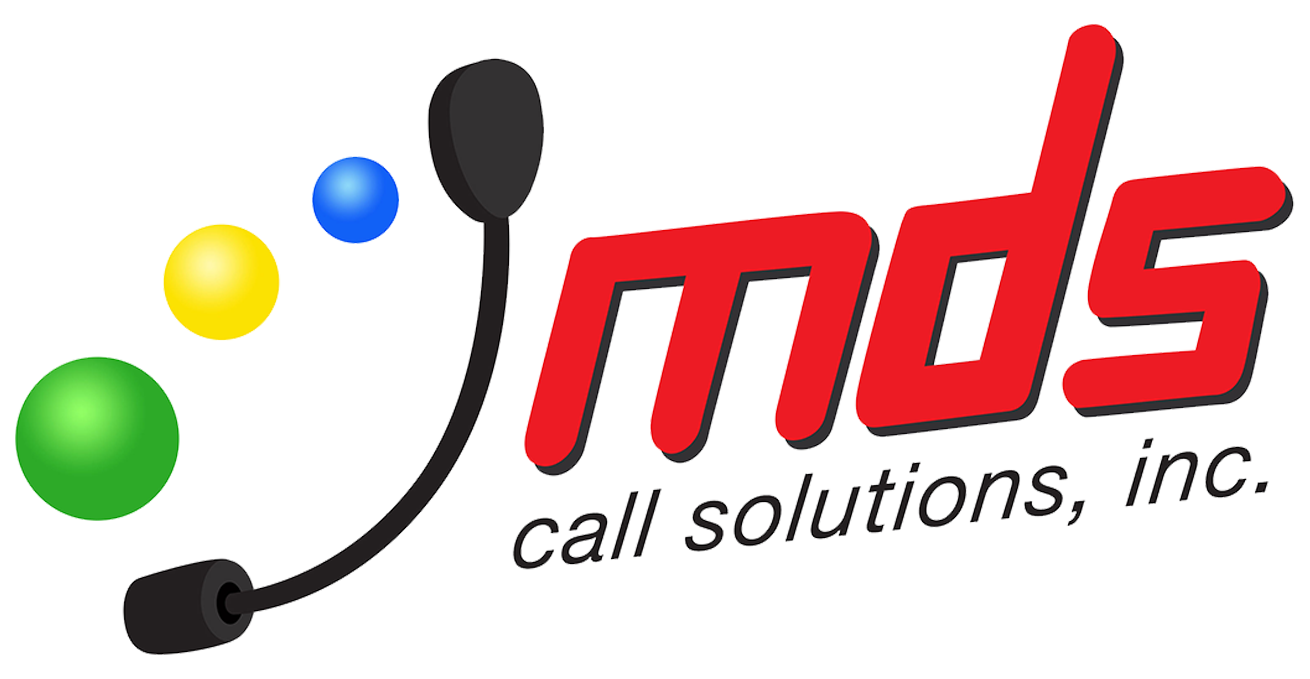+63 917 125 5615 | +63 928 655 8946 | [email protected] | 2F BJS Bldg., 1869 P. Domingo St., Makati City 1206
- About Us
- Services

BUSINESS PROCESS OUTSOURCED SERVICES
- Careers
- Contact Us
Business Process Outsourced Services
Do you need a Virtual Assistant?
Welcome to MDS Call Solutions Inc. where we offer top-notch outsourcing solutions to clients from all around the globe.
Today, we are the provider of outsourced services to Mcdonald's Philippines. Our company is dedicated to helping businesses achieve their goals by providing efficient and cost-effective outsourcing services.

Some call them superhuman, We call them VAs
Our company is dedicated to helping businesses achieve their goals by providing efficient and cost-effective outsourcing services.
Unlock Your Productivity:
Hire a Virtual Assistant Today!
Virtual Assistant
Discover the power of virtual assistance and elevate your productivity to new heights: from managing your busy schedule to streamlining your administrative tasks, we can provide you with highly skilled Virtual Assistants who are dedicated to optimizing your workflow and freeing up your valuable time.
Experience a seamless blend of technology and human touch as we become your reliable partner, ensuring your operations run smoothly while you focus on what truly matters – growing your business.
Experience a seamless blend of technology and human touch as we become your reliable partner, ensuring your operations run smoothly while you focus on what truly matters – growing your business.
Trusted world-class brands and organizations of all sizes





OUR SERVICES
We Provide Best Virtual Assistant Service
Virtual assistants can offer a wide range of services depending on the specific needs of their clients.
Here are some common services that virtual assistants offer:
Here are some common services that virtual assistants offer:
Administrative tasks
This can include managing emails, scheduling appointments, making travel arrangements, managing files, and handling phone calls.
Social media management
Virtual assistants can help manage social media accounts by creating content, scheduling posts, and responding to comments and messages.
Content
creation
Virtual assistants can help with creating written content for blogs, newsletters, and social media, as well as designing graphics and videos.
Customer support
Virtual assistants can provide customer support by responding to inquiries and complaints through email, phone, or chat.
E-commerce support
Virtual assistants can help with managing online stores, including adding products, managing inventory, and fulfilling orders.
Bookkeeping
Virtual assistants can help with bookkeeping and accounting tasks, such as invoicing, tracking expenses, and reconciling accounts.
Research
Virtual assistants can help with conducting research on a variety of topics, from market research to competitor analysis.
Personal tasks
Virtual assistants can help with personal tasks, such as making reservations, shopping, and managing personal finances.
Who we help?
Outsourcing companies can have a wide range of clients, from small businesses to large corporations, and from various industries such as IT, healthcare, finance, and more. Some of the major clients of outsourcing companies include:
- Small and medium-sized businesses: These companies may not have the resources to hire full-time employees for certain tasks, so they outsource them to an outsourcing company to save costs.
- Startups: Outsourcing companies can help startups get off the ground by providing essential services such as web design, software development, and marketing.
- Fortune 500 companies: Large corporations often outsource certain tasks to improve efficiency and reduce costs, such as customer service, IT support, and accounting.
- Government agencies: Government agencies may outsource tasks such as IT support, data entry, and customer service to private outsourcing companies.
- Healthcare providers: Healthcare providers may outsource medical billing and coding, transcription services, and customer service to outsourcing companies.
- Non-profit organizations: Non-profit organizations may outsource fundraising, donor management, and other administrative tasks to outsourcing companies to save costs and focus on their mission.
HOW IT WORKS
How Our Personalized Approach Works

Tell us about your ideal assistant
Overall, an ideal virtual assistant should be efficient, intelligent, multilingual, user-friendly, integrated, secure, and always improving its performance.

Meet and approve your assistant
A virtual assistant designed to assist with a wide range of tasks and answer questions on various topics.

Launch and track
What do you want your virtual assistant to achieve? Is it to improve customer service, increase sales, or automate certain tasks? Clearly defining your goals will help you measure the success of your virtual assistant.
How do we do it?
We manage our business and clients through a combination of processes, tools, and communication channels. Here are some of the ways our company manage their business and clients:
The primary goal of project management is to deliver projects on time, within budget, and to the satisfaction of stakeholders. Project managers are responsible for ensuring that projects are delivered on time, on budget, and with the desired level of quality. They are also responsible for managing the project team and ensuring that all team members are working towards the same goals.
Project management typically involves the following key stages:
Project initiation: This stage involves defining the project scope, objectives, and goals. Project managers also identify key stakeholders and establish project governance and controls.
Project planning: During this stage, project managers create a detailed project plan that outlines the tasks, timelines, and resources required to complete the project. They also identify potential risks and develop contingency plans.
Project execution: This stage involves putting the project plan into action. Project managers oversee the project team, monitor progress, and make adjustments as needed to ensure that the project is on track.
Project monitoring and control: During this stage, project managers track project progress, measure performance, and make adjustments as needed to keep the project on track.
Project closure: This stage involves completing the project and delivering the final product or service to the client. Project managers also conduct a post-project review to identify areas for improvement and capture lessons learned.
Overall, effective project management is critical to the success of any project. By following a structured approach to project management, project managers can ensure that projects are completed on time, within budget, and to the satisfaction of stakeholders.
As a virtual assistant, effective communication is crucial to success. Here are some tips for communicating effectively as a virtual assistant:
Clear and Concise Communication: When communicating with clients or colleagues, make sure your message is clear and concise. Avoid using overly technical language or jargon, and be sure to articulate your thoughts in a way that is easy to understand.
Active Listening: When interacting with clients or colleagues, actively listen to what they are saying. Paraphrase their comments to ensure you have understood them correctly and ask clarifying questions if necessary.
Prompt Responses: Respond to messages and emails in a timely manner. If you cannot respond immediately, let the other person know when they can expect to hear back from you.
Adapt to Communication Preferences: Different clients and colleagues may have different communication preferences. Some may prefer phone calls, while others may prefer email or instant messaging. Be adaptable and willing to use different communication channels based on the needs of the person you are communicating with.
Be Professional: Maintain a professional tone in all communication, even if the other person is more casual. Use proper grammar and punctuation, and avoid using emojis or slang unless it is appropriate.
Use Collaboration Tools: There are a variety of online collaboration tools available to virtual assistants, such as project management software and video conferencing tools. Familiarize yourself with these tools and use them to communicate and collaborate effectively with clients and colleagues.
Overall, effective communication is essential for virtual assistants to build strong relationships with clients and colleagues, and to ensure that work is completed efficiently and accurately.
Contracts and agreements for virtual assistant services are important for both the client and the virtual assistant to establish the terms and conditions of the working relationship. Here are some common clauses that should be included in a contract or agreement for virtual assistant services:
Scope of Services: This clause should outline the specific tasks and services that the virtual assistant will perform. It should be detailed and comprehensive to avoid any misunderstandings about the work to be performed.
Compensation: This clause should specify the payment terms and the hourly rate or project fee for the virtual assistant’s services. It should also outline any additional expenses or fees that the client will be responsible for.
Term and Termination: This clause should specify the duration of the contract and the conditions for early termination. It should also outline the procedures for termination, including any notice requirements.
Confidentiality: This clause should require the virtual assistant to maintain the confidentiality of the client’s sensitive information. It should also outline the consequences of any breach of confidentiality.
Intellectual Property: This clause should address ownership of any intellectual property created by the virtual assistant during the course of the contract. It should also outline any restrictions on the use of the client’s intellectual property.
Liability and Indemnification: This clause should address the virtual assistant’s liability for any errors, omissions, or damages caused by their work. It should also outline any indemnification provisions in the event of a lawsuit or other legal action.
Governing Law: This clause should specify the governing law for the contract and any disputes arising from it. It should also outline the procedures for resolving any disputes.
Independent Contractor Status: This clause should clarify that the virtual assistant is an independent contractor and not an employee of the client. It should also outline any tax and legal obligations that the virtual assistant will be responsible for.
Overall, a well-written contract or agreement for virtual assistant services can help ensure a successful and mutually beneficial working relationship.
Quality assurance for a virtual assistant involves ensuring that the virtual assistant meets the desired quality standards in terms of its functionality, performance, and user experience. Here are some steps that can be taken to ensure quality assurance for a virtual assistant:
Define the requirements: Define the requirements and the functionality of the virtual assistant. This includes the scope of the virtual assistant, its capabilities, and the expected outcomes.
Test planning: Develop a test plan that outlines the testing approach, test cases, and test scenarios. This will help in ensuring that all the necessary requirements are tested and validated.
Test execution: Perform functional testing, performance testing, and user acceptance testing to ensure that the virtual assistant meets the desired quality standards.
Bug tracking and reporting: Track and report any bugs or issues that are identified during testing. This includes documenting the steps to reproduce the issue, the severity of the issue, and the potential impact on the user experience.
Continuous improvement: Continuously monitor and analyze the performance of the virtual assistant to identify areas for improvement. This includes gathering user feedback and using it to make enhancements to the virtual assistant.
Security testing: Conduct security testing to ensure that the virtual assistant is secure and that user data is protected.
Regression testing: Perform regression testing after any updates or changes to the virtual assistant to ensure that the changes have not introduced any new issues.
By following these steps, you can ensure that your virtual assistant meets the desired quality standards and provides an excellent user experience.
Virtual assistants can be evaluated based on various performance metrics, depending on their intended purpose and the goals of the user. Here are some common metrics used to evaluate the performance of virtual assistants:
Accuracy: Accuracy measures how well the virtual assistant understands and responds to user queries. It is typically measured as a percentage of correct responses out of the total number of interactions.
Response time: Response time measures the time it takes for the virtual assistant to provide a response to the user’s query. The response time should be as fast as possible, to provide a seamless user experience.
Completion rate: Completion rate measures the percentage of user queries that the virtual assistant can successfully complete without any human intervention. A high completion rate indicates that the virtual assistant can handle most user queries effectively.
Engagement rate: Engagement rate measures how well the virtual assistant can keep the user engaged during the interaction. A high engagement rate indicates that the user finds the virtual assistant helpful and interesting.
User satisfaction: User satisfaction measures how satisfied the user is with the virtual assistant’s performance. This metric is typically measured using surveys or feedback forms and is an essential metric for evaluating the overall success of the virtual assistant.
Error rate: Error rate measures the percentage of times the virtual assistant fails to provide the correct response or provides an inappropriate response. A low error rate is essential to build trust with the user and provide a seamless user experience.
Task completion time: Task completion time measures the time it takes for the virtual assistant to complete a specific task. This metric is particularly useful for evaluating the performance of virtual assistants designed for task-oriented applications such as booking appointments or ordering food.
Overall, these performance metrics can help evaluate the effectiveness of a virtual assistant and identify areas for improvement.

MDS Call Solutions, Inc. (MDSCSI) is a business solutions outsourcing company specializing in contact center (call center) and digital solutions. We offer voice and digital services, on top of software and application development services to complete our clients’ business solutions and market strategies.
Quick Links
© All rights reserved
Copyright ©2021 www.mdscsi.com

